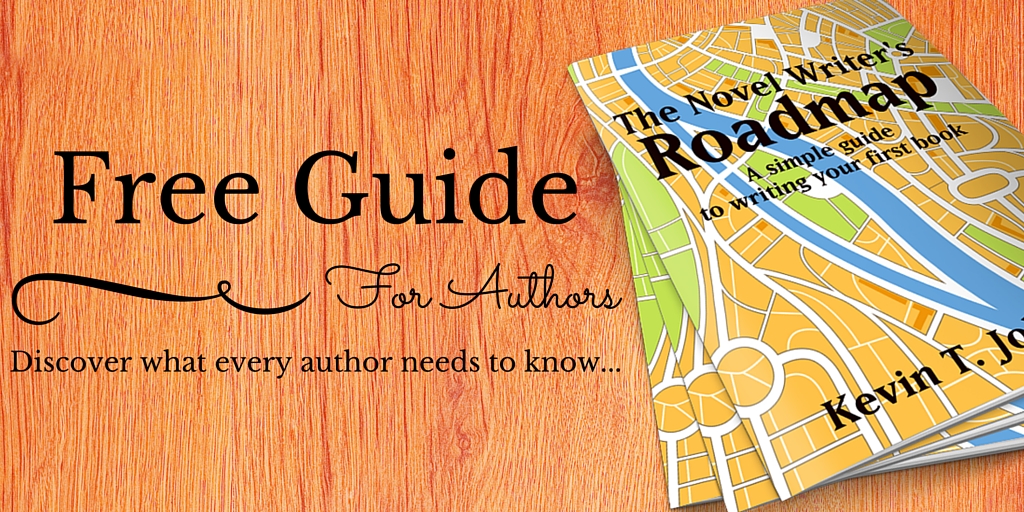A couple of years ago my wife gave me an awesome toolbox as a birthday present.
It has a sturdy handle and it’s filled with all kinds of tools: electric drills, adjustable wrenches, hammers, nails, and screws galore. It’s always exciting to dig down inside and pull out the exact tool I need when confronted with a home fix-it project.
Most of the time my toolbox sits in my storage room, unused and untouched. I only pull it out when a new cabinet needs construction, a screw in a door handle need tightening, or a kitchen drawer needs fixing. When those fix-it jobs arise, the toolbox is invaluable. The rest of the time, I put it away and forget about.
For authors, the tools in our toolbox are the essential elements of writer’s craft. Grammar, story structure, genre conventions, tenses, point of view, character arcs, and literary styles are the hammers and wrenches we can use to fix our story when we run into a problem.
For many of the aspiring authors I work with through my one-on-one coaching and group coaching program, writer’s craft can be extremely intimidating. When presented with the complexity of storytelling craft, many succumb to analysis paralysis. Ignoring writer’s craft is a surefire road to ruin, but too much educational information can be overwhelming and even discouraging.
What’s a first-time author to do?
My advice is to use the toolbox method.
Seek out educational resources. Learn the rules of storytelling. Respect the foundational tools of the trade. Read the books, take the courses, continually seek out knowledge about your chosen craft. Do all of the story and character planning work necessary to set yourself up for success.
But then, when it comes time to work on the first draft of your manuscript, take those tools, put them in the tool box, and put the tool box away in the storage room.
The first draft is about one thing; call it what you will, “a shitty first draft” or “covering the canvass“, the point is getting the damn story out of your head and onto the page, grammar be damned! The rules of writer’s craft are there to help you tell your story in an effective manner, not get in your way.
When the story is flowing, ride that wave as long as you can, baby!
But when you run into trouble with your story, when you find yourself faced with a story problem that blocking you or preventing your story from being as effective as you intended, that’s when it’s time to pull out the toolbox and put your writer’s craft tools to work. Is the pacing of your story not working? Are you not sure what your character should do next? Does it feel like the stakes haven’t properly escalated? Go to the toolbox and pull out your writing craft tool that is right for the problem.
Continually improving as a writer means continually educating yourself, but it also means continually putting words on the page. Don’t let your education as a writer overwhelm you. Put that knowledge aside when you need to, and then pull it out when the time is right.
Do you know the 12 ESSENTIAL steps to creating a novel readers will love?
Drop your name and best email address into the form below to access your free copy of The Novel Writer’s Roadmap, a short and simple guide to writing your first book. It’ll walk you through the 12 essential steps to writing and publishing a novel readers will fall in love with.
I value your privacy and would never spam you








